Code
HCS26170
Weight
342 gm / 0.75 lbs
Size
Height
15cm (6") Width
11cm (4") Depth
5cm (2") Material
Copper
Availability
Available

Safe Payment
We accept Paypal, Money Transfer, Bank Transfer
Confidence
Protection covers your purchase and personal data.
Worldwide Delivery
We ship Worldwide, except Russia.Shipping cost US$25.2 for upto 0.5 kgs

Hotline
Talk to help line for your question on 9841267335Finishing: Stone Setting
The Buddhist Miniature Statue Of Green Tara With Throne, [partly Gold Plated, Face Painted, Stone Setting] is adorned with an exquisite array of semi-precious stones, including turquoise, coral, and lapis lazuli. These stones are carefully selected and meticulously placed on the Buddhist Miniature Statue Of Green Tara With Throne, [partly Gold Plated, Face Painted, Stone Setting]'s surface, adding a touch of opulence and enhancing its overall beauty. Each stone is thoughtfully positioned using a high-quality adhesive, ensuring secure and long-lasting attachment. The vibrant colors and unique patterns of the stones create a captivating contrast against the backdrop of the Buddhist Miniature Statue Of Green Tara With Throne, [partly Gold Plated, Face Painted, Stone Setting], elevating its visual appeal and making it truly eye-catching. Read More . . .
The Buddhist Miniature Statue Of Green Tara With Throne, [partly Gold Plated, Face Painted, Stone Setting] is adorned with an exquisite array of semi-precious stones, including turquoise, coral, and lapis lazuli. These stones are carefully selected and meticulously placed on the Buddhist Miniature Statue Of Green Tara With Throne, [partly Gold Plated, Face Painted, Stone Setting]'s surface, adding a touch of opulence and enhancing its overall beauty. Each stone is thoughtfully positioned using a high-quality adhesive, ensuring secure and long-lasting attachment. The vibrant colors and unique patterns of the stones create a captivating contrast against the backdrop of the Buddhist Miniature Statue Of Green Tara With Throne, [partly Gold Plated, Face Painted, Stone Setting], elevating its visual appeal and making it truly eye-catching. Read More . . .
Gold Painted Face
The face of Buddhist Miniature Statue Of Green Tara With Throne, [partly Gold Plated, Face Painted, Stone Setting] is painted with gold to enhance its significant features, particularly the eyes, and lips. This detailed painting is essential as it brings forth the crucial attributes of the expression of eyes and lips that metal carving alone cannot capture.
Moreover, the painted face serves as a symbolic and sacred ritual in Buddhism, preparing the statue for consecration and practice. The act of painting the face with gold in Buddhism holds deep meaning. It represents the intention to bring life and expression to the statue, imbuing it with a sense of vitality and presence. The application of gold on the face showcases the devotion and craftsmanship of the artisans, ensuring that every detail is carefully attended to honor the sacred essence of the Buddhist Miniature Statue Of Green Tara With Throne, [partly Gold Plated, Face Painted, Stone Setting]. Read More . . .
The face of Buddhist Miniature Statue Of Green Tara With Throne, [partly Gold Plated, Face Painted, Stone Setting] is painted with gold to enhance its significant features, particularly the eyes, and lips. This detailed painting is essential as it brings forth the crucial attributes of the expression of eyes and lips that metal carving alone cannot capture.
Moreover, the painted face serves as a symbolic and sacred ritual in Buddhism, preparing the statue for consecration and practice. The act of painting the face with gold in Buddhism holds deep meaning. It represents the intention to bring life and expression to the statue, imbuing it with a sense of vitality and presence. The application of gold on the face showcases the devotion and craftsmanship of the artisans, ensuring that every detail is carefully attended to honor the sacred essence of the Buddhist Miniature Statue Of Green Tara With Throne, [partly Gold Plated, Face Painted, Stone Setting]. Read More . . .
Partly Gold plating.
This Buddhist Miniature Statue Of Green Tara With Throne, [partly Gold Plated, Face Painted, Stone Setting] has a Partly gold-plated finish. Partly fire gold gilding, a common practice in Nepali handicrafts. This technique is skillfully employed by artisans to create intricate designs on various metal objects, including statues, jewelry, and decorative items. Through a process, a mask or resist is applied to safeguard specific areas from the gold plating. The object is then subjected to high temperatures, allowing the gold to beautifully adhere to exposed surfaces using a combination of heat and pressure.
In the realm of Buddhist statues, this technique holds additional significance as it distinguishes the golden-plated body from the oxidized or maroon-painted clothing. This visual separation conveys the contrast between the divine purity of the body and the modest attire symbolizing the humble lifestyle of Buddhist monks. The partly fire gold gilding not only adds exquisite detail and elegance but also embodies the deep cultural and spiritual meaning associated with these treasured artifacts. Read More . . .
This Buddhist Miniature Statue Of Green Tara With Throne, [partly Gold Plated, Face Painted, Stone Setting] has a Partly gold-plated finish. Partly fire gold gilding, a common practice in Nepali handicrafts. This technique is skillfully employed by artisans to create intricate designs on various metal objects, including statues, jewelry, and decorative items. Through a process, a mask or resist is applied to safeguard specific areas from the gold plating. The object is then subjected to high temperatures, allowing the gold to beautifully adhere to exposed surfaces using a combination of heat and pressure.
In the realm of Buddhist statues, this technique holds additional significance as it distinguishes the golden-plated body from the oxidized or maroon-painted clothing. This visual separation conveys the contrast between the divine purity of the body and the modest attire symbolizing the humble lifestyle of Buddhist monks. The partly fire gold gilding not only adds exquisite detail and elegance but also embodies the deep cultural and spiritual meaning associated with these treasured artifacts. Read More . . .
Ceramic Molding System
The Buddhist Miniature Statue Of Green Tara With Throne, [partly Gold Plated, Face Painted, Stone Setting] has been crafted using the Ceramic mold casting process, a modern approach that provides an alternative to traditional methods such as the lost-wax system or rubber molding. Also referred to as ceramic molding, this technique involves the creation of a ceramic mold to cast the statue. The process begins by making a precise and detailed wax model of the desired sculpture. The wax model is then coated with layers of ceramic material, creating a sturdy mold. Once the mold is complete, it is fired in a kiln, causing the wax to melt and escape, leaving behind a cavity that perfectly replicates the original sculpture. Molten metal is then poured into the mold, allowing it to fill the cavity and take on the desired form. Once cooled and solidified, the ceramic mold is carefully broken away, revealing the final metal statue. Read More . . .
The Buddhist Miniature Statue Of Green Tara With Throne, [partly Gold Plated, Face Painted, Stone Setting] has been crafted using the Ceramic mold casting process, a modern approach that provides an alternative to traditional methods such as the lost-wax system or rubber molding. Also referred to as ceramic molding, this technique involves the creation of a ceramic mold to cast the statue. The process begins by making a precise and detailed wax model of the desired sculpture. The wax model is then coated with layers of ceramic material, creating a sturdy mold. Once the mold is complete, it is fired in a kiln, causing the wax to melt and escape, leaving behind a cavity that perfectly replicates the original sculpture. Molten metal is then poured into the mold, allowing it to fill the cavity and take on the desired form. Once cooled and solidified, the ceramic mold is carefully broken away, revealing the final metal statue. Read More . . .
Brief Introduction :
Samaya Tara, popularly known as Green Tara. She is represented in a royal ease posture with her left leg bent her left leg overstepping the main lotus and resting on a blue lotus ready to get up and offer assistance to those in need. She is portrayed with maroon Buddhist robes and jewelry. The earrings represent patience, understanding, and renunciation. The diadem with five jewels represents the transmutation of the five delusions into the Five Buddha Wisdoms. She is shown with a benevolent countenance seated upon a white moon disk which is associated with special restorative nectar associated with the naval chakra center. In Buddhists, the moon symbolizes the wisdom aspect which when coupled with compassion leads to Sakyamuni Buddha's enlightenment. Her right hand is gracefully lowered in Varada mudra, the boon-granting gesture.
Iconography :Green Tara's special lotus is the blue lotus or 'night lotus' which she bears in both hands. The word utpala means to 'burst open'. Her left-hand holds a stem with an open blooming flower and an unopened bud. The bent lower part of the stem represents the root. The open blossom represents the present and also the present Buddha; the bud represents the future and also Buddhas yet to be born. The future here also refers to a safe journey's end and future well-being. Her right-hand wisdom hand is in the gesture of giving refuge. The third finger touches the thumb to create a circle representing the union of wisdom and compassion, and the three extended fingers symbolize the Three Jewels of Buddhism a. The Buddha State b. The Body of Teachings. The Principles of the Universe The same hand holds the stem of a blue lotus representing her willingness to assist. The closed blossom in her right hand represents the past and also the Buddhas of the past. Green Tara is shown in a place of paradise called Khadiravani where she Tara dwells. Khadiravani is described as a great mountain kingdom with many trees, flowers, and animals (not shown). 3 rainbow tails emanate from her outer aureole. The crescent moon and sun symbolize the union of male and female ubiquitous in Tantric art.
<br/><br/>
The seventy-two golden lines represent psychic energy channels emanating from her body and her central psychic channel running up her spinal column. Each one signifies a thousand as there are traditionally seventy-two thousand channels. The gold lines alternate between wiggly and straight to represent the two main psychic channels running up the central channel that entwine to create the interlocking 'snaking' caduceus to which the energy channels are connected. The trees in the foreground are the Ashoka Tree. The word Ashoka means 'without sorrow' and is the tree linked to the Vedic God of love and sexual union Kamadeva. Apparently, the tree blossoms when a virtuous lady touches it.
Commentary :<br/><br/>
The seventy-two golden lines represent psychic energy channels emanating from her body and her central psychic channel running up her spinal column. Each one signifies a thousand as there are traditionally seventy-two thousand channels. The gold lines alternate between wiggly and straight to represent the two main psychic channels running up the central channel that entwine to create the interlocking 'snaking' caduceus to which the energy channels are connected. The trees in the foreground are the Ashoka Tree. The word Ashoka means 'without sorrow' and is the tree linked to the Vedic God of love and sexual union Kamadeva. Apparently, the tree blossoms when a virtuous lady touches it.
The word Tara means the one who saves. The word Tara is derived from the root tri meaning to cross and in context is taken to mean the one who helps people to cross the Ocean of Existence and Suffering. Green Tara is also called 'dark' Tara or more directly Shyama Tara. Green Tara is associated with the Amoghasiddhi who is also green and the north-facing Meditation who is head of the action family. Her willingness to help others is shown by her body posture with one foot ready so that she can rise to offer assistance. Like WhiteTara, she was born of the tears of compassion of the Bodhisattva Avalokiteshvara, resulting from the extreme state of sadness he experienced when observing the continuing ceaseless suffering which he sought to end.
Mantra for Green Tara
Om Tare Tuttare Ture Soha


![Buddhist Miniature Statue Of Green Tara With Throne, [partly Gold Plated, Face Painted, Stone Setting]](https://handicraftseller.com/uploads/pics/product/thumb/2022/08/26170.jpg)
![Buddhist Miniature Statue Of Green Tara With Throne, [partly Gold Plated, Face Painted, Stone Setting]](https://handicraftseller.com/uploads/pics/product/thumb/2022/08/26170_0.jpg)
![Buddhist Miniature Statue Of Green Tara With Throne, [partly Gold Plated, Face Painted, Stone Setting]](https://handicraftseller.com/uploads/pics/product/thumb/2022/08/26170_1.jpg)
![Buddhist Miniature Statue Of Green Tara With Throne, [partly Gold Plated, Face Painted, Stone Setting]](https://handicraftseller.com/uploads/pics/product/thumb/2022/08/26170_2.jpg)
![Buddhist Miniature Statue Of Green Tara With Throne, [partly Gold Plated, Face Painted, Stone Setting]](https://handicraftseller.com/uploads/pics/product/thumb/2022/08/26170_3.jpg)

 of Ushnisha Vijaya / Namgyalma,
of Ushnisha Vijaya / Namgyalma, 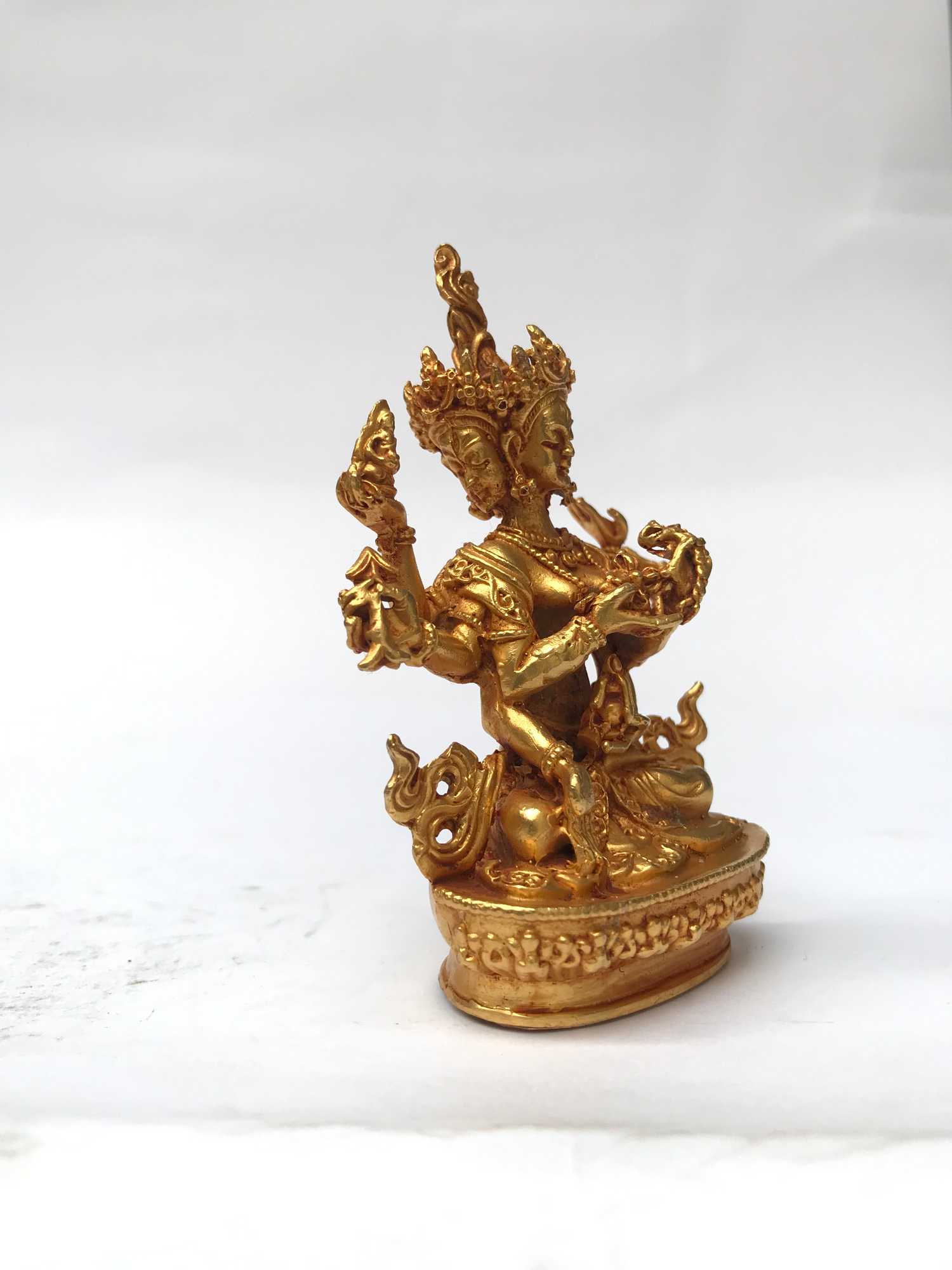 of Ushnisha Vijaya / Namgyalma,
of Ushnisha Vijaya / Namgyalma,  of Aparimita,
of Aparimita, 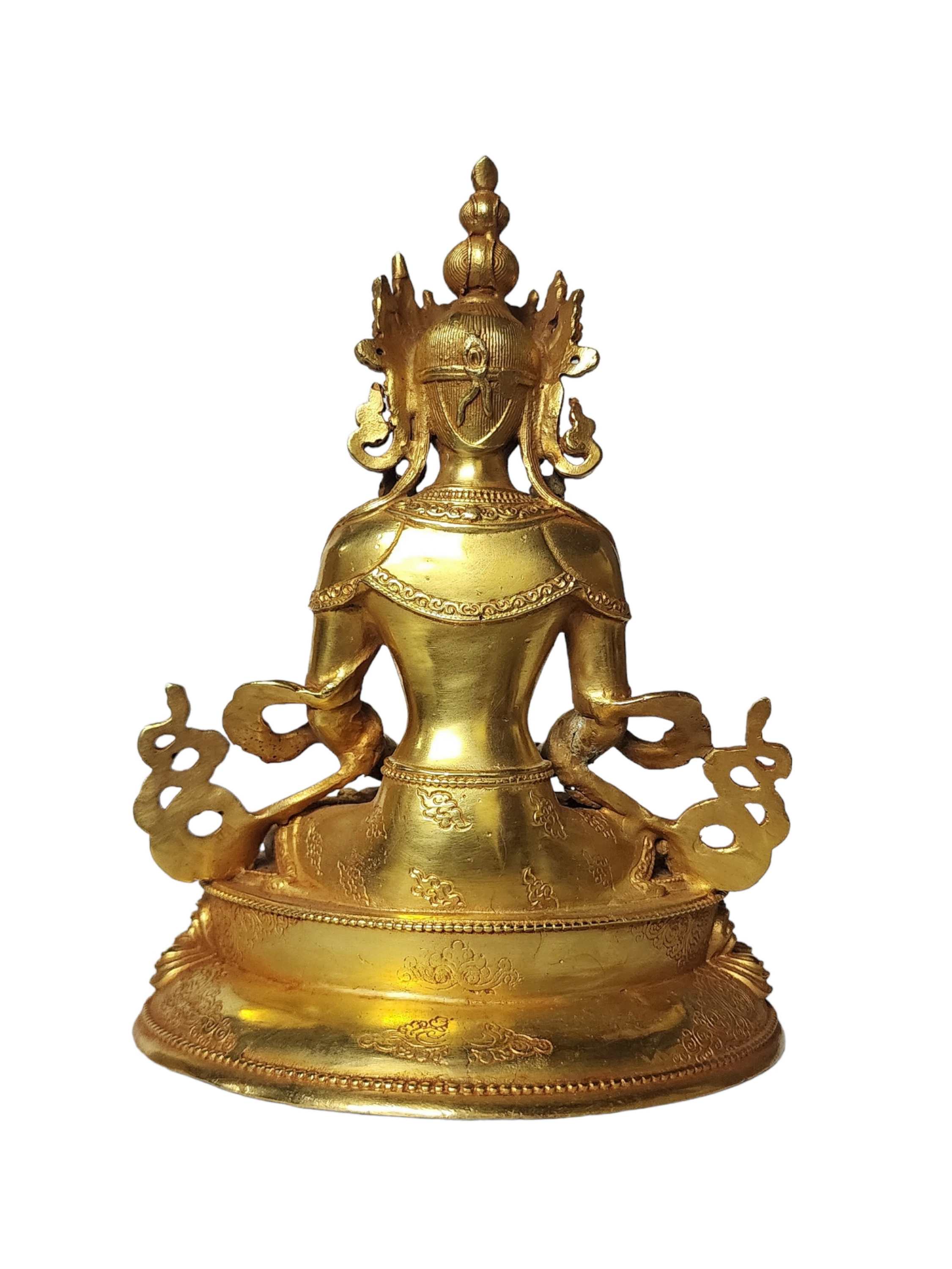 of Aparimita,
of Aparimita,  of Aparimita,
of Aparimita,  of Aparimita,
of Aparimita,  of Marici,
of Marici,  of Marici,
of Marici,  of Padmasambhava On A Thrown
of Padmasambhava On A Thrown 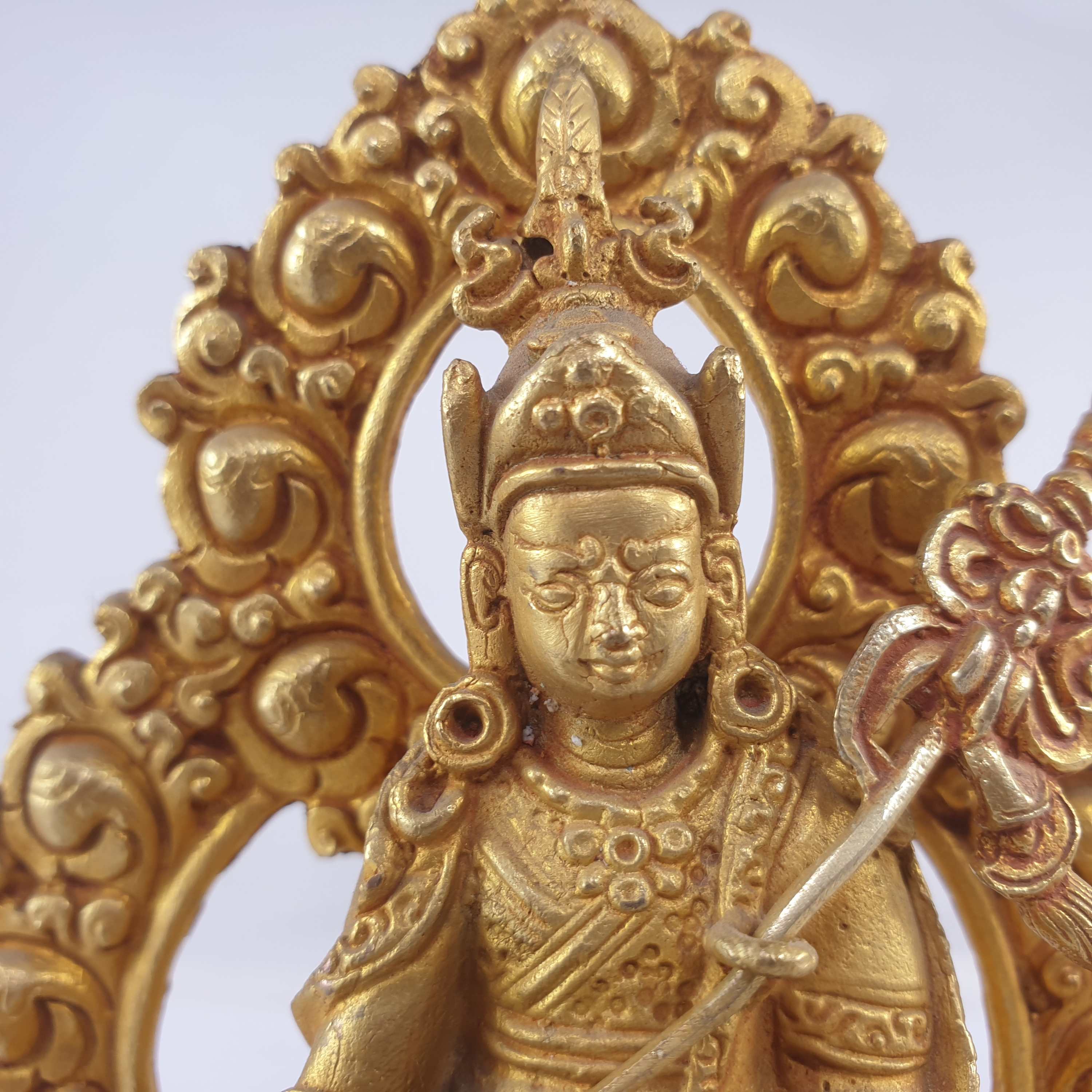 of Padmasambhava On A Thrown
of Padmasambhava On A Thrown  of
of  of
of 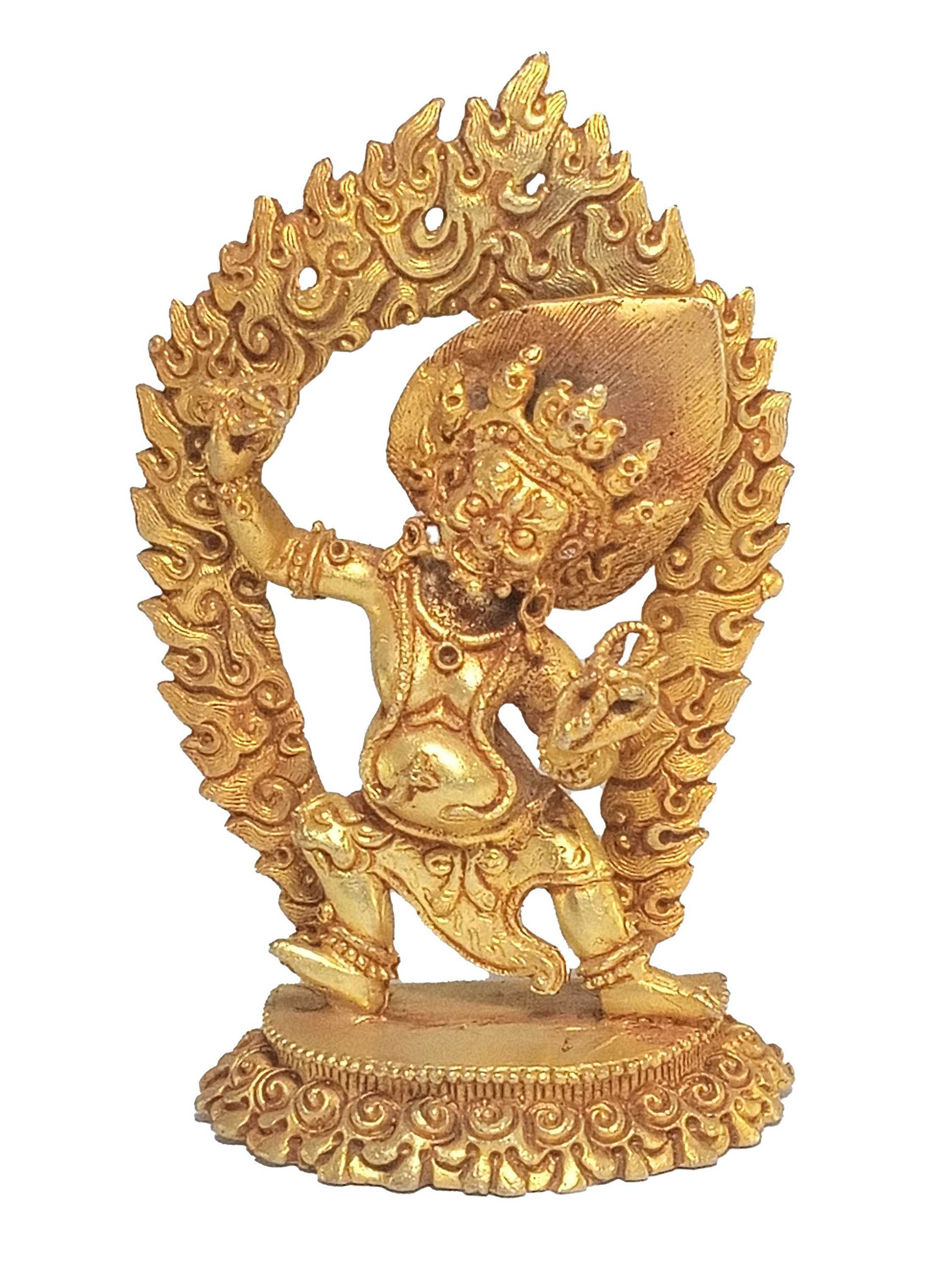 of Vajrapani
of Vajrapani 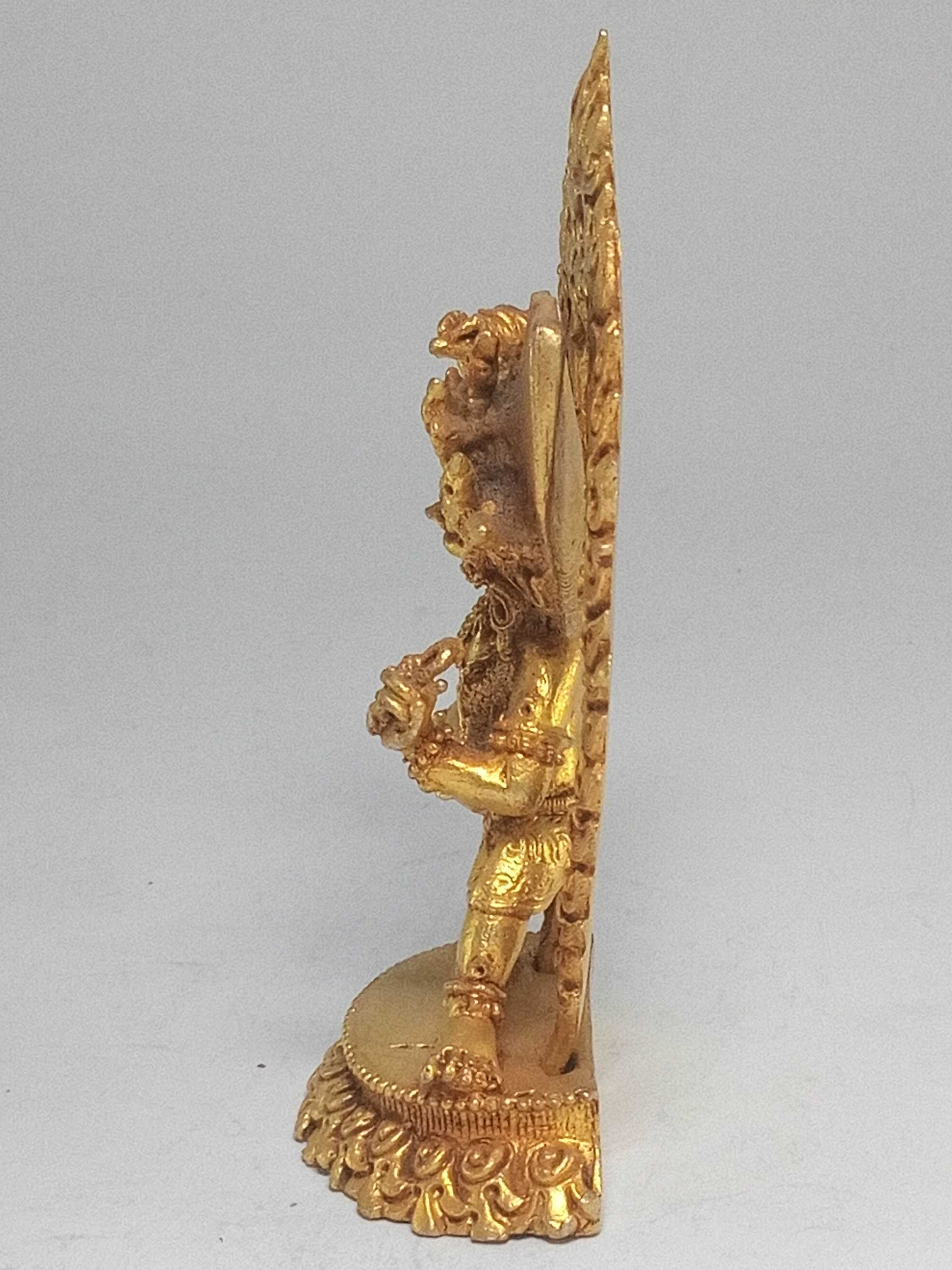 of Vajrapani
of Vajrapani  of Padmasambhava,
of Padmasambhava, 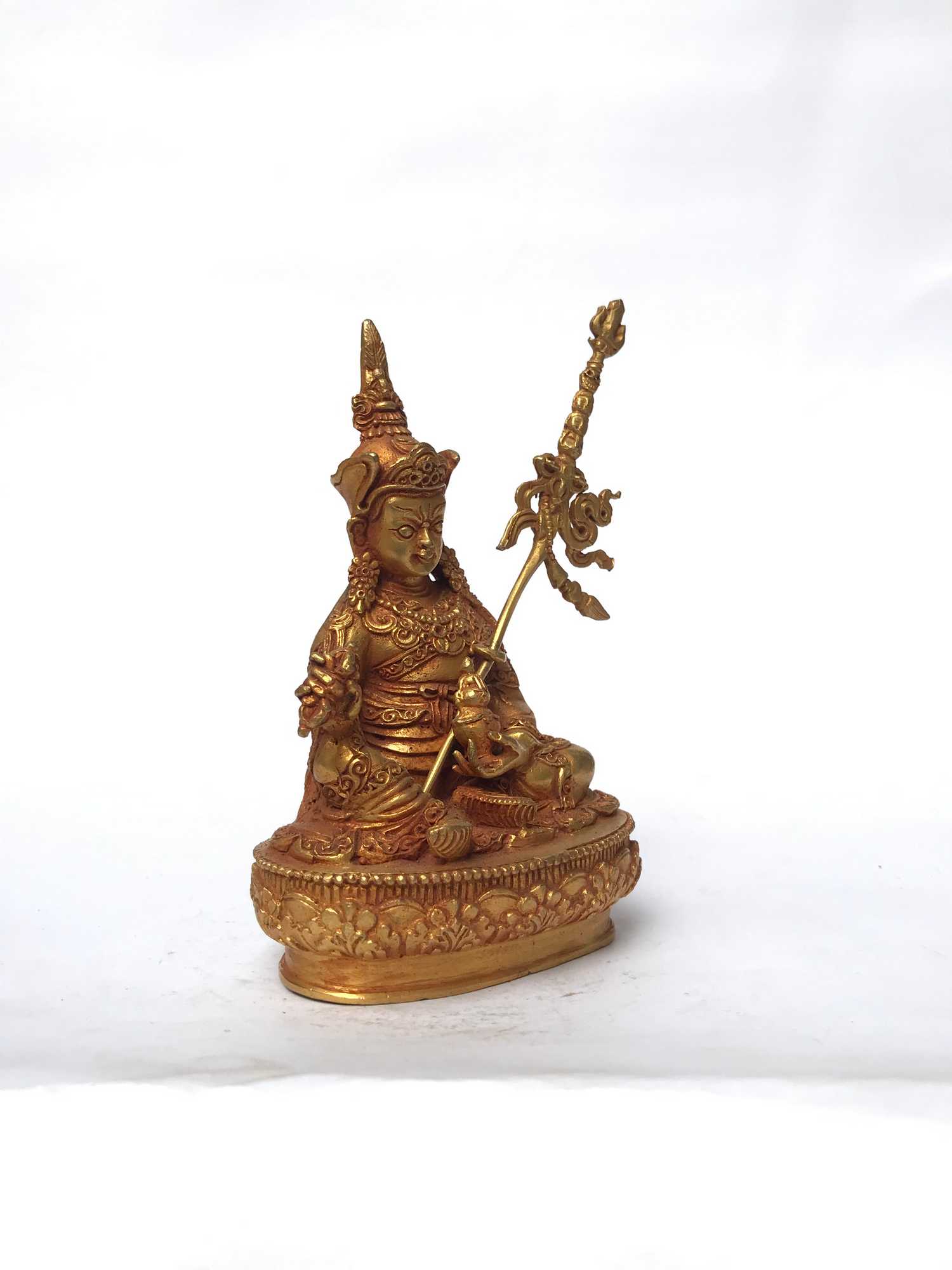 of Padmasambhava,
of Padmasambhava,  of Lakshmi,
of Lakshmi,  of Lakshmi,
of Lakshmi,  Full Gold Plated, Amitayus, Chepame" title="Aparimita, Buddhist Miniature Statue,
Full Gold Plated, Amitayus, Chepame" title="Aparimita, Buddhist Miniature Statue, 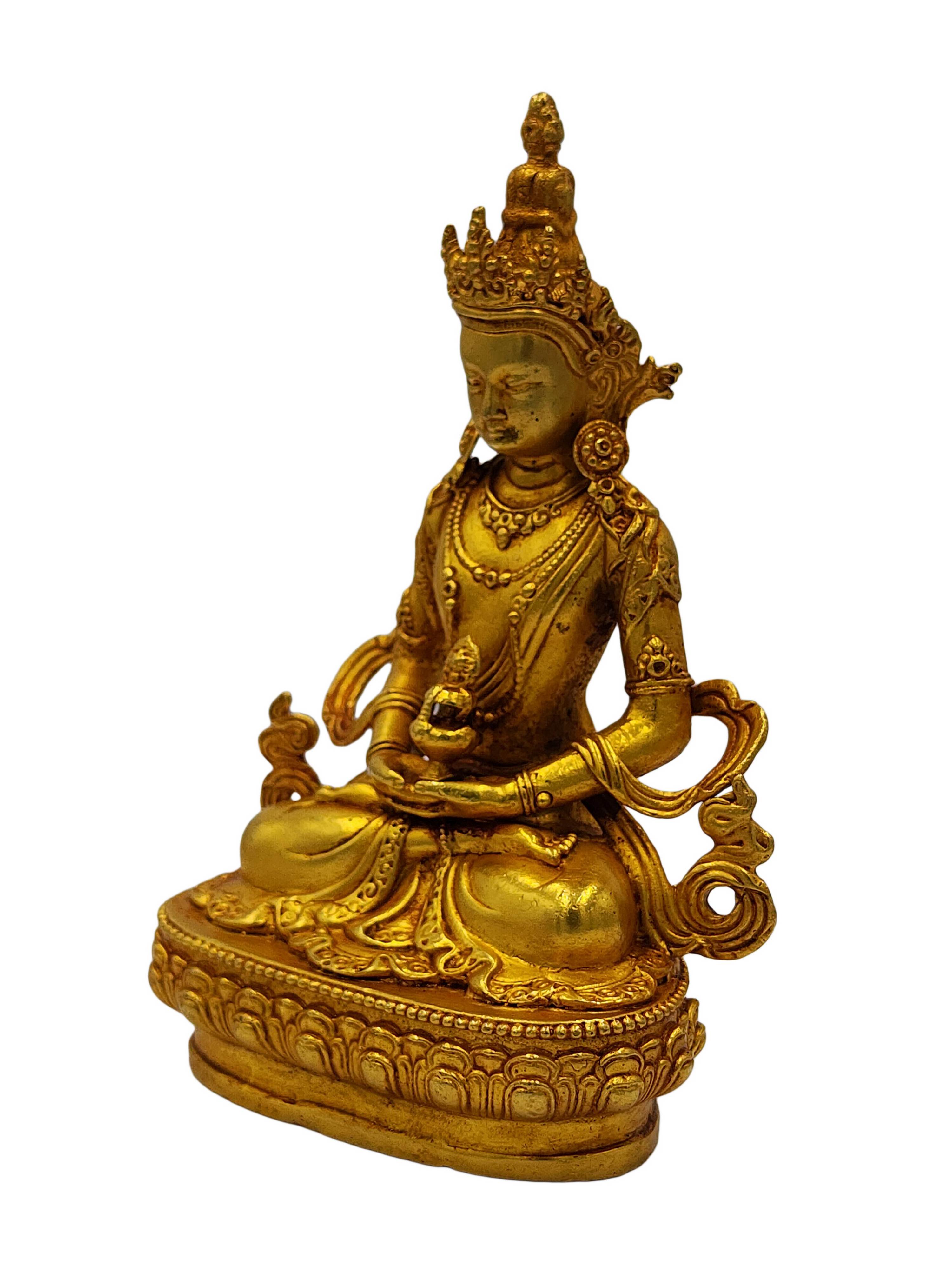 Full Gold Plated, Amitayus, Chepame" title="Aparimita, Buddhist Miniature Statue,
Full Gold Plated, Amitayus, Chepame" title="Aparimita, Buddhist Miniature Statue,